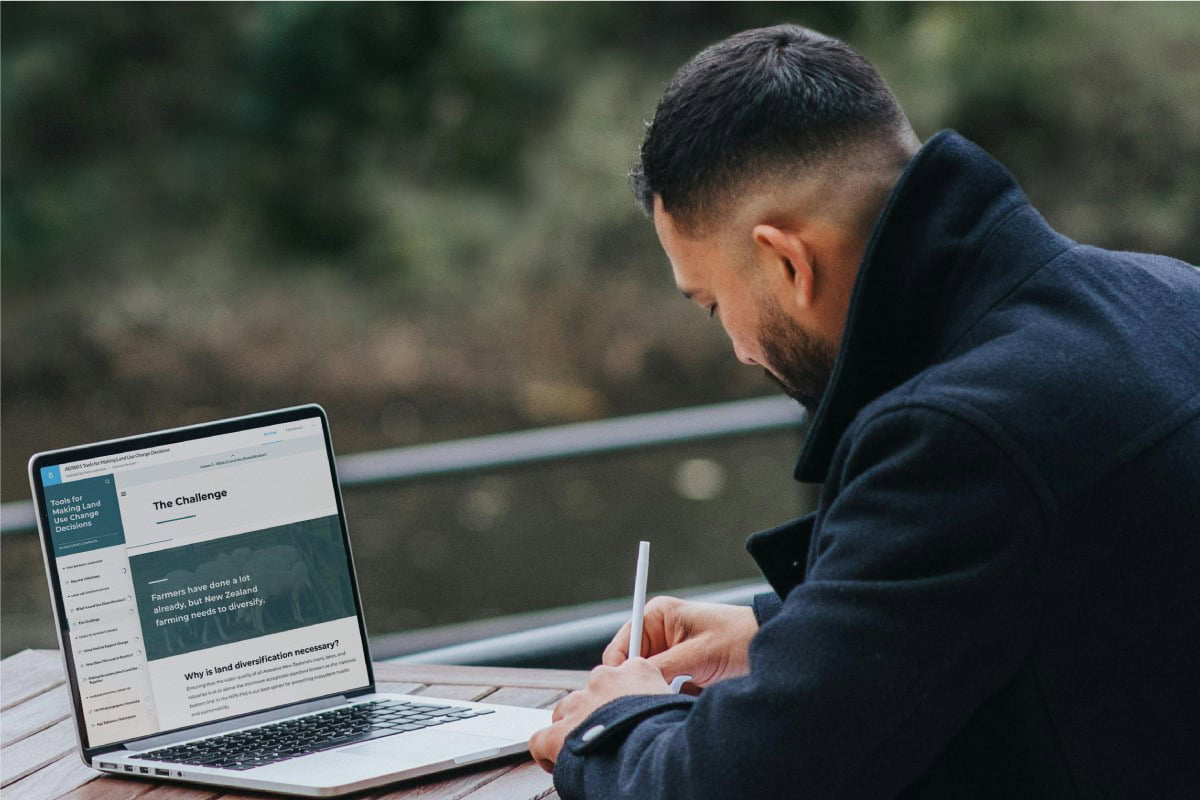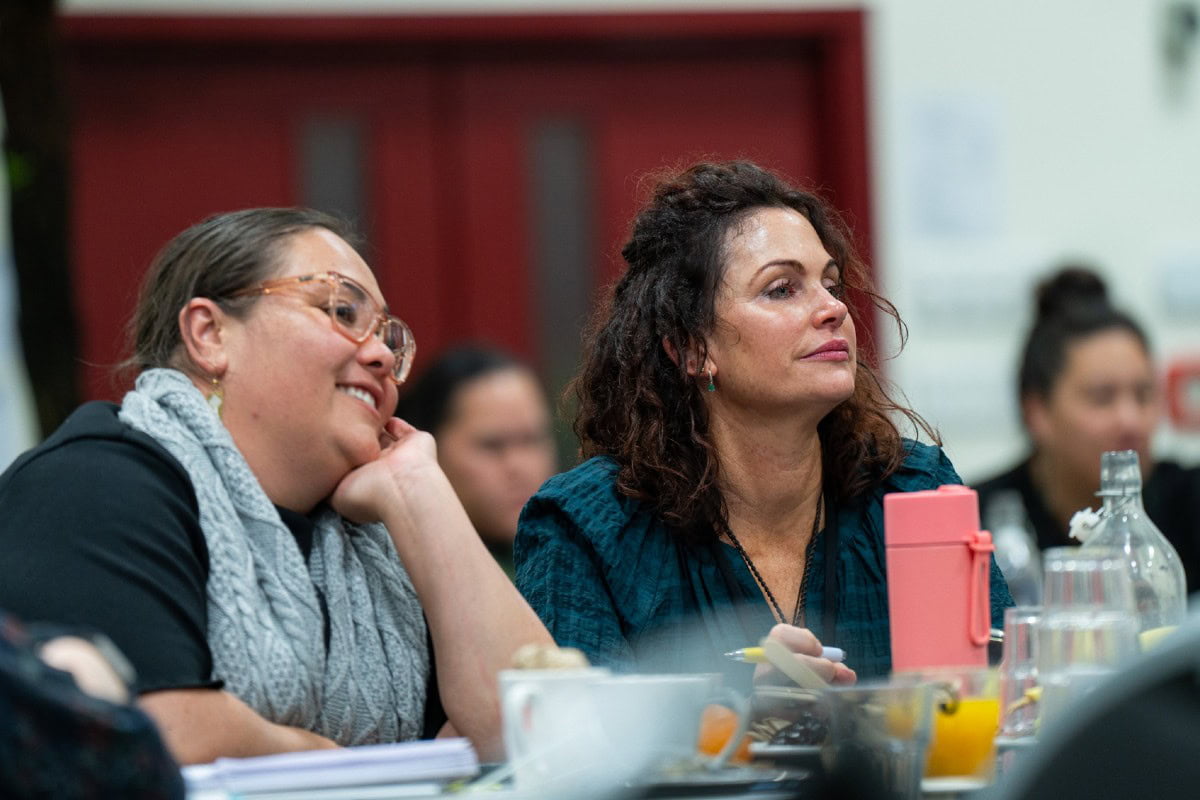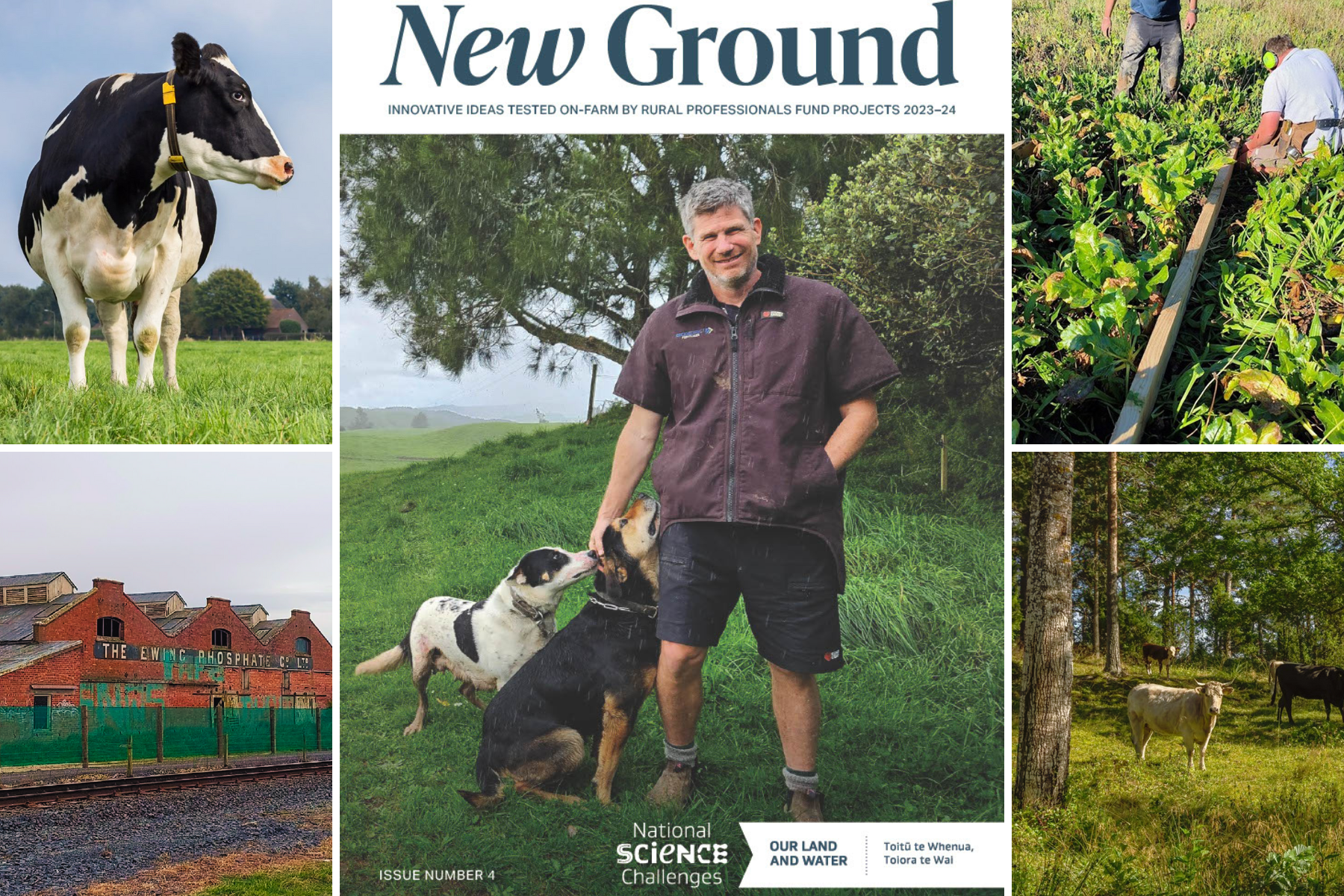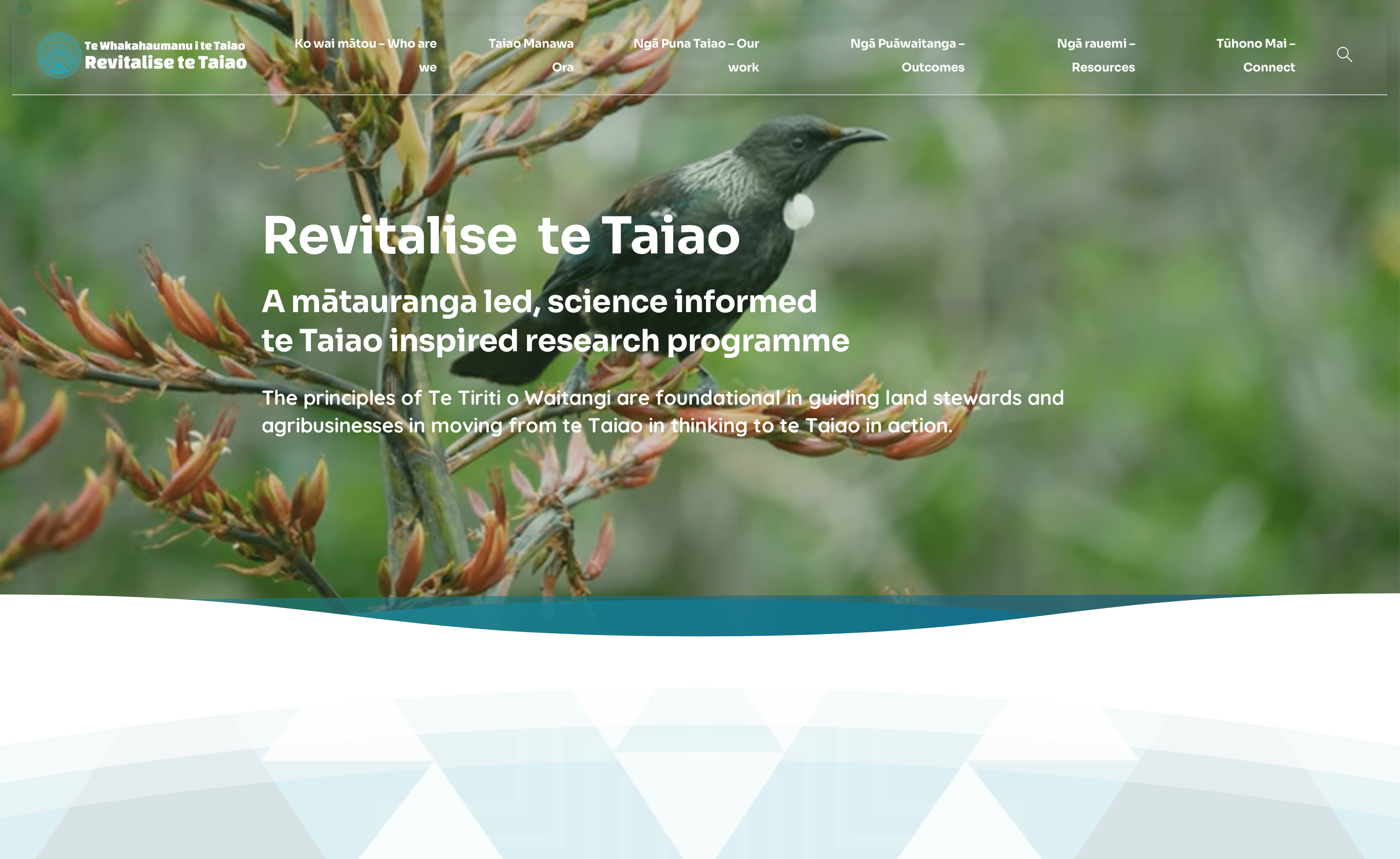Working In Partnership with Farmers to Revitalise te Taiao
Rere ki Uta Rere ki Tai is a project working in the the Waikato, Taupō, and Bay of Plenty regions as part of the Revitalise Te Taiao research programme. Here, they reflect on their research to support and implement farming systems that continue to grow the mana and mauri of soil.
Rere ki Uta, Rere ki Tai is a project with a research mission to empower land managers, kaitiaki, and kaimahi pāmu (farmers) to support and implement farming systems that continue to grow the mana and mauri of soil.
Dr Ashna Khan, project lead, says: “We have a vision for Rere ki Uta, Rere ki Tai for the ten farms we are going to expand and grow. The practices that are a part of Rere ki Uta, Rere ki Tai today become the conventional practices for tomorrow is where we are going to take this. That is pretty exciting, challenging, and rewarding at the same time.”
Rere ki Uta, Rere ki Tai is closely working in partnership with ten farms in the Waikato, Taupō, and Bay of Plenty regions to identify pathways for farming systems that enhance the mana and mauri of the soil.
Dr Khan says: “All the pilots who are part of this project have got the principles of Te Tiriti o Waitangi at the heart of it, participation, protection, and partnership. It has been quite evident if I just look at Rere ki Uta, Rere ki Tai, partnership with our farmers is at the core. We are cooperating with them to come up with better farming systems and we are protecting their knowledge at the same time.
“We are trying to encourage and embed mātauranga Māori, weaving that knowledge into the farming practices of today, so that the indigenous knowledge that has been there for such a long time can be translated to something relevant to the farming community of today and the rangatahi of tomorrow.”
The team is closely working with farmers to improve soil health and assess farm changes in the soil profile, animal wellbeing, milk and meat quality, ecological and environmental health, and the cost comparisons of a ‘mana and mauri of soil’ approach against conventional methods. Dr Khan says the people and farming communities are in tune with te Taiao on this kaupapa.
“We are not in this alone. There is a lot of support that is out there, we all come across challenging times, but we just charge ahead,” says Dr Khan.
“Revitalise te Taiao, it’s not solely science-driven, we use science to explain things. Te Taiao is determining the research pathway. We are cementing those values with science, it is one of the tools in the tool kit, and that is how I explain it for Rere ki Uta, Rere ki Tai.”
The communication lead for Rere ki Uta Rere ki Tai is Alison Smith, a veteran journalist with 30 years of experience in multimedia journalism. Getting to know the farmers on a whānau level and wanting to really learn and understand who they are and what their farms, their whenua, their waterways, and the soil means to them on a personal and business level is all in a day’s work for Alison.
The Revitalise te Taiao research project is providing an opportunity to capture the stories of these farmers and share their truth. Alison reports: “I have been learning a lot about farming, farmers, and the challenges they face. Learning that we are all wanting the same thing and that if we can just connect at a relationship level, just get to know each other as people, we build this sense of trust, and all of sudden it is safe to share our problems and talk about solutions together.”
The benefit of bringing Ngā Kaiurungi Taiao, all three place-based pilots, together is the sharing and learning that takes place. Alison says: “I have really enjoyed having conversations with people from around different projects and hearing them come into their own authenticity and speaking out and speaking up in what they really believe in. It’s been really empowering. It has been a great space to be in.”
Revitalise te Taiao has provided opportunities for all those involved in the kaupapa to learn, share, and better understand the indigenous perspectives of mātauranga Māori and why a protective layer is required.
Having respected mātauranga Māori tohunga Erina Wehi-Barton on board to safely guide and direct the research kaupapa is a blessing for Rere ki Uta, Rere ki Tai.
Erina knows exactly how to articulate tikanga Māori and take action. She says: “I’m one of the project specialists, I’m also the Māori researcher. My role is to look after and guide our farmers around engaging in mana and mauri of oneone and soil utilizing both mātauranga Māori and science. Delivering that to our farmers so that they have the opportunity to go between the two knowledge systems within the project in the hope it can give effect to the mahi that they are doing on the farms. I would like to add another segment to mana and mauri of soil. A dimension that is missing is mauri ora so we have mana and mauri of soil but how do we continue the mauri ora of both mana and mauri? It is about actioning the practice of mauri ora in the space of mana and mauri.”
Revitalise te Taiao is a space of learning for all involved. Erina notes her own observations: “The impact of the Revitalise te Taiao wānanga has been significant for me. I’ve had to unpack, repack, and create space for new learning because in my world I wear a Māori lens every day. In our space of Taiao, no one should be dictating to us around what values we hold as Māori in terms of how we live and how we connect with Taiao. Instead, we can support you to understand that space, rather than to hold that space for us. We are wanting you to understand, not to teach. Be prepared to move, and shapeshift in the space of te Taiao because every day is a different day.
“He wānanga ora, he wānanga pai. I am really looking forward to the next wānanga. It will take a wee while to download and filter through this one, waiho mā te taiao e arahi.”
Author
 View Our Strategy Document 2019 – 2024
View Our Strategy Document 2019 – 2024




One Comment
As a student teacher in Agriculture I am learning how to consider what I am bringing to the table as curriculum for our akonga.
I would be really interested to hear how you think that this learning you guys are doing could come to the table in high schools.
What statements might you make for learners to think about? What Questions might you ask them? What experiences would you like to see them have?
What kupu are vital to lean on (I picked up several from the story)